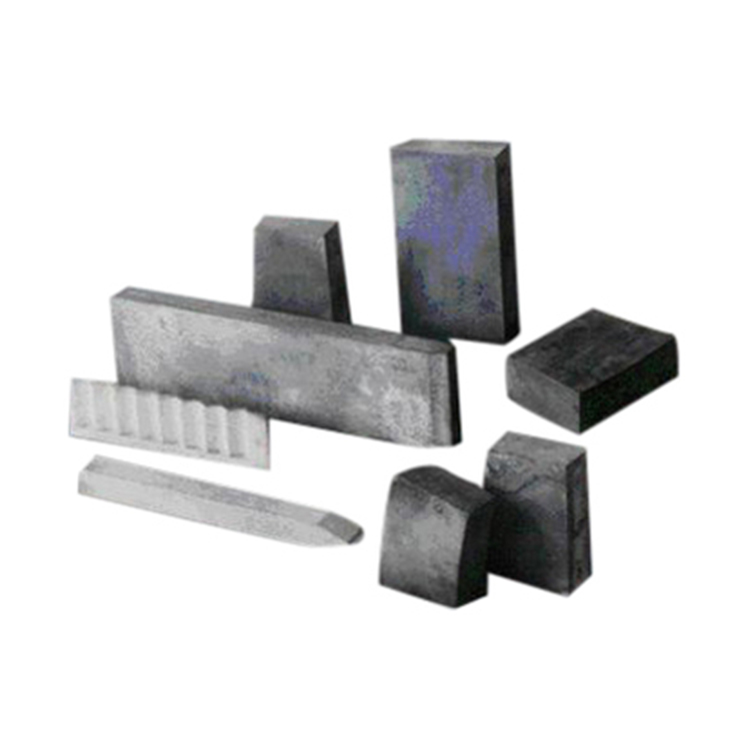
In high-temperature industries such as coking, steelmaking, and petrochemicals, the choice of refractory materials critically impacts furnace longevity and operational efficiency. Among these materials, high alumina refractory bricks play a pivotal role, primarily due to their variable Al₂O₃ (alumina) content ranging from 30% to 46%. This guide explores how precise selection based on alumina content can optimize furnace lining performance, reduce maintenance costs, and enhance safety.
Alumina content directly influences the key properties of refractory bricks: refractoriness (ability to withstand high temperature), thermal shock resistance, and abrasion resistance. Typically, as the Al₂O₃ percentage increases, bricks display:
For example, bricks with 30%-35% Al₂O₃ exhibit refractoriness around 1750°C but lower abrasion resistance, suitable for moderate temperature zones. In contrast, those with 40%-46% Al₂O₃ can endure temperatures over 1800°C with superior durability.
| Al₂O₃ Content (%) | Refractoriness (°C) | Thermal Shock Resistance | Abrasion Resistance |
|---|---|---|---|
| 30 - 35 | ~1750 | Moderate | Moderate |
| 36 - 40 | ~1770 - 1780 | Good | Good |
| 41 - 46 | 1800+ | Excellent | Excellent |
In a recent project with a steel mill in Germany, replacing 33% Al₂O₃ bricks with 43% Al₂O₃ bricks in the furnace’s hot zones extended lining life by 35%, from 12 to 16 months. This upgrade resulted in a 20% reduction in unplanned shutdowns and maintenance costs.
Similarly, a petrochemical plant operating at 1700°C rated the 40% Al₂O₃ bricks as optimal, achieving superior thermal shock resistance which lowered crack formation by 40%, critical for furnace safety and stability.

Many buyers assume that the highest alumina content always delivers the best performance. However, this is not universally true — improper matching of brick grade to operational conditions can increase costs unnecessarily without proportional benefits.
Procurement teams should:
Integrating these considerations helps optimize not only the brick selection but also overall operational reliability and profitability.

By selecting high alumina bricks with the optimal Al₂O₃ content, industries can significantly reduce thermal failures, boost operational uptime, and lower the total cost of ownership. Technical expertise paired with quality materials forms the cornerstone of smarter industrial investments.
A trusted partner providing a diverse range of bricks with alumina content precision controls and rigorous quality standards can elevate your furnace lining to the next level.

Enhance your kiln’s durability and efficiency with our premium high alumina refractory bricks designed for exacting Al₂O₃ content and superior performance. Contact our experts today to tailor the perfect solution for your industrial needs.


